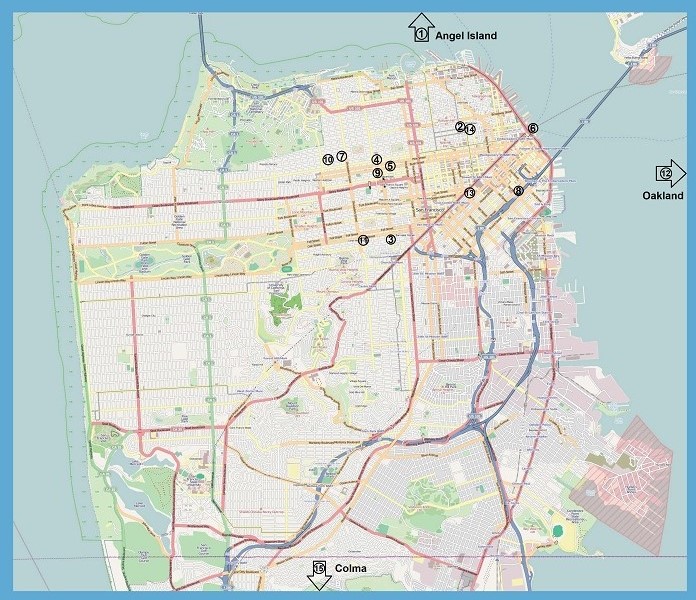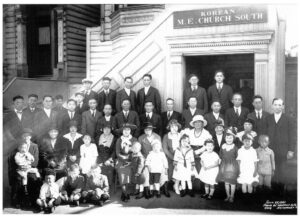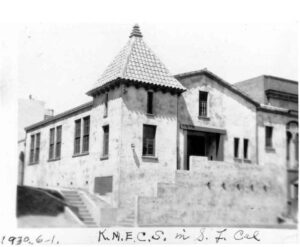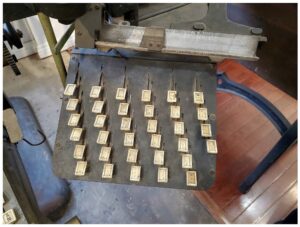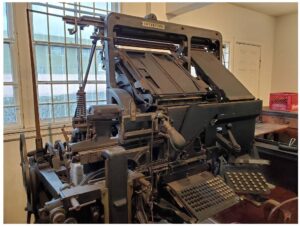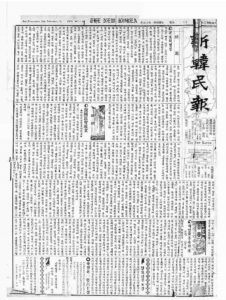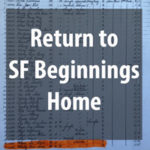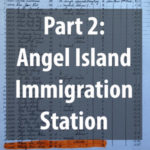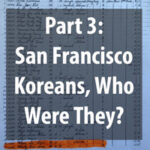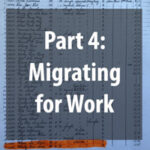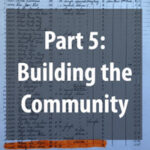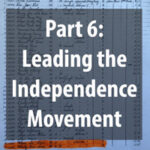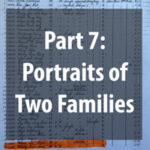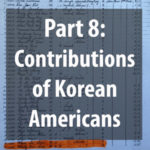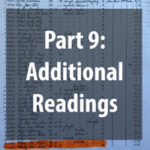Korean immigrant roots in the US are visible today in many ways, from the ubiquity of Korean barbeque and tofu houses at strip shopping malls to seeing Korean American stars like Daniel Dae Kim and Ken Jeong on the big screen. With over one hundred years of immigration history, Korean Americans are now the fifth largest Asian American group in the US with a population of about 1.8 million and they represent 9% of the Asian/Pacific Islander population in California.* When and where did Korean immigration to the US begin? Who were the Korean pioneers who first settled here and brought their unique Korean culture that has evolved to become a part of America?
The common belief is that Korean immigration began on January 13, 1903, when the first group of Korean contract laborers landed in Honolulu to work at sugar plantations. Over 7,000 Koreans went to Hawaii over the following two years, and Hawaii had the largest Korean population until the 1950s.
However, a closer examination of historical records reveals that Korean immigration was underway in San Francisco before Hawaii. A dozen or so Korean merchants and ginseng sellers were in San Francisco since the late 1800s. Then, political exiles and students came in the early 1900s and started to organize the small and scattered population on the mainland US. While Hawaii had the larger community, San Francisco was the organizational hub of the early immigrant society.
This exhibit focuses on the Koreans who embarked on their immigrant journey in San Francisco, starting with the arrival of the student couple Ahn Chang-ho and his wife Helen in 1902. Ahn, along with a dozen other early leaders in San Francisco, established the first organizations to support the needs of their immigrant community and to resist Japanese aggression in Korea. These events marked the San Francisco beginnings of Korean immigration.
*Sources: Pew Research Center Social and Demography Trends, “Koreans in the US Fact Sheet,” September 8, 2017, https://www.pewsocialtrends.org/fact-sheet/asian-americans-koreans-in-the-u-s/.
Korean American Coalition-Los Angeles, “Demographics and Citizenship: Overview of Top 5 Korean and API State Populations (2010 v 2014 data),” https://www.kacla.org/census-demographics-and-citizenship.html.
